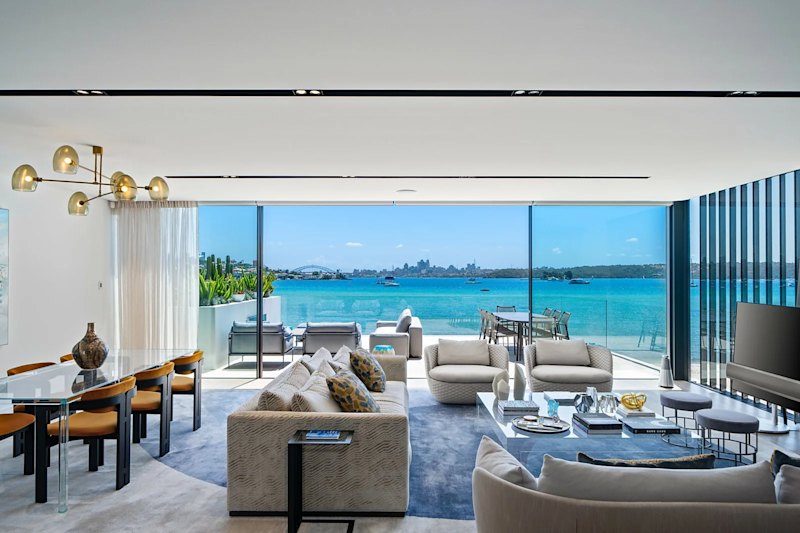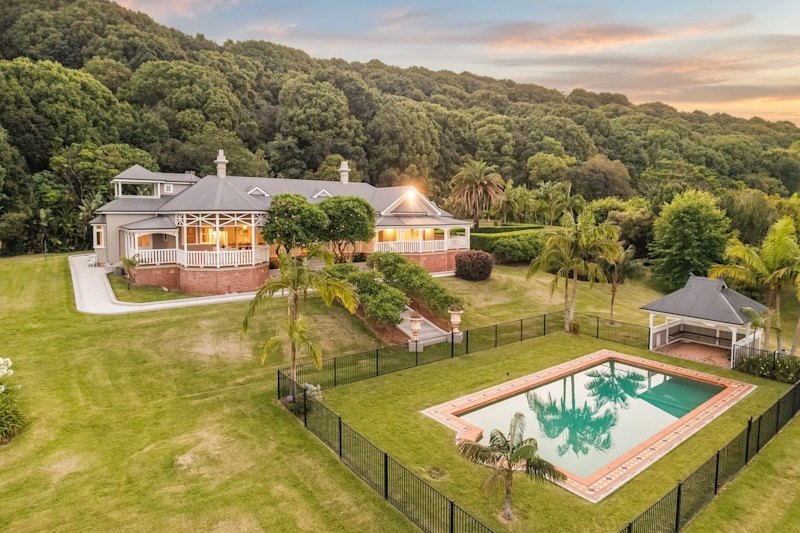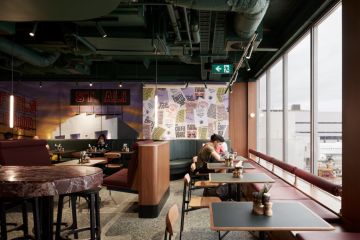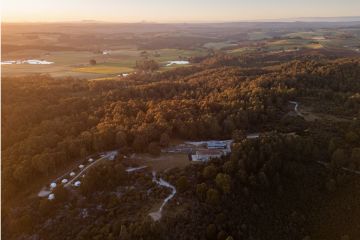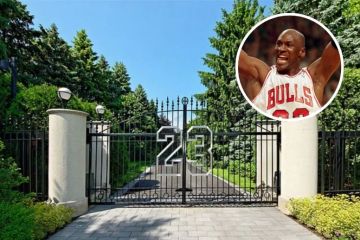The Ponds on Sydney's city limits edges towards million-dollar house price median
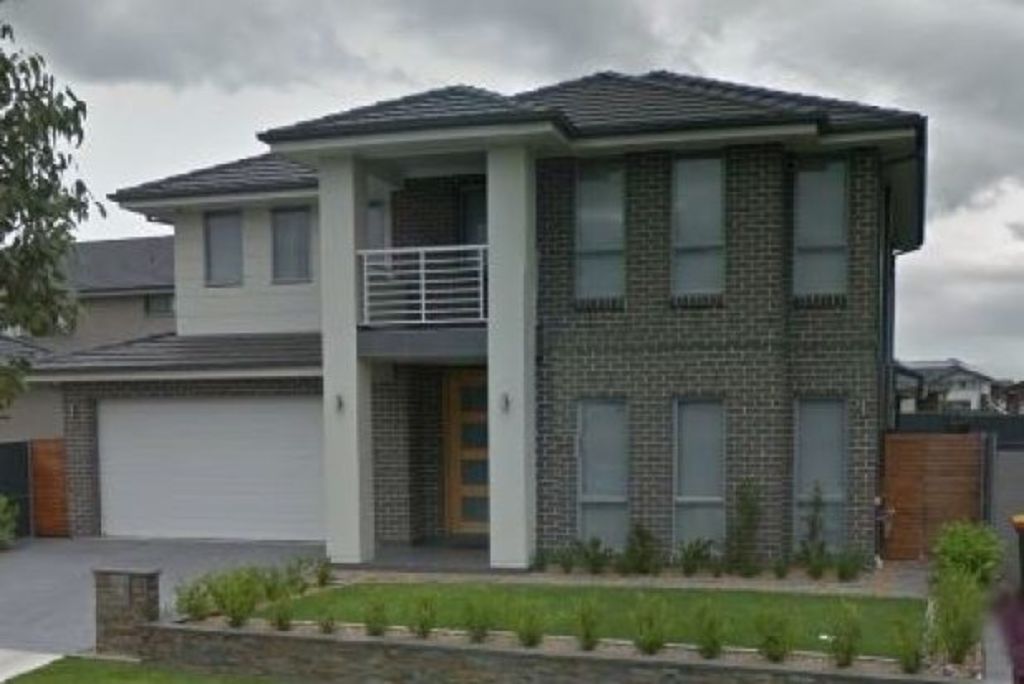
A new suburb in Sydney’s north-west that 10 years ago was little more than rough bushland, trees and an old creek has shocked onlookers with a median house price today that has hit almost $1 million.
The Ponds, 40 kilometres from Sydney’s CBD with no train station, few services and in a local government area – Blacktown – that suffers high levels of homelessness, where up to 25 per cent of young people are neither employed nor in education, and an estimated 40,422 people live in poverty, has just recorded a median house price of a mighty $985,000. In the latest September quarter alone, it enjoyed a rise of 6.3 per cent.
“It’s quite remarkable, given that it’s on the fringes of the city,” says Domain Group chief economist Dr Andrew Wilson. “It’s an area of new properties and – while I don’t like the term – McMansions, but there’s certainly strong demand out there. It won’t be long before it hits $1 million.”
The masterplanned community designed by UrbanGrowth NSW and developers Frasers Property on 80 hectares of bush and waterways launched in only 2007, but sold its 4200 home sites in a record seven years. Now it has more than 12,400 residents and is one of the fastest-growing suburbs in Australia.
Its median house price rose 3.1 per cent during the past year, and one house in the suburb even sold for a record $2,706,000. Urban Taskforce Australia CEO Chris Johnson says The Ponds’ success is an indication of Sydney’s maturity, showing that people are happy to live far from the features of the reigning “Brand Sydney” – the harbour, bridge and Opera House.
“It shows that water and a country landscape and nature is just as important to many people as inner-city living,” Johnson says. “We can translate how many of us see Sydney into a much more suburban setting.
“Of course, that near-million dollars does have an impact on affordability, but that’s a double-edged sword as people like their investment in property always to go up.”
For The Ponds’ developers, the property price hike is being greeted as a recognition of the quality of the area. Frasers Property general manager residential NSW Nigel Edgar says it’s an indication that the suburb has great connectivity, with buses and a proposed train station coming nearby at Rouse Hill, as well as a variety of housing, recreation spaces, education and the town centre.
“There’s always been a lot of demand there,” Edgar says. “People generally are attracted to things that reflect their needs so we hit the right mixture of housing types, sizes and amenity. Everything was carefully planned so The Ponds has a heart and a soul.”
It hasn’t been a painless transition, however. Just a few months ago, it was named one of the city’s bottom three least liveable suburbs, coming in at number 553 out of 555 suburbs in the 2016 Domain Liveable Sydney Study.
It beat only nearby Parklea and Stanhope Gardens, with its poor public transport links and scarcity of cultural amenities such as theatres, libraries and art galleries. The study was commissioned from Tract Consultants and Deloitte Access Economics in August, while the latest 2016 Blacktown City Social Plan cites the local government area’s high rates of homelessness, joblessness and poverty.
But supporters have instead criticised the liveability study, saying it was heavily skewed towards high-density, inner-city living and values. “But The Ponds is a place where people want to raise families with traditional Australian values, with people who tend not to work in the city, or visit the city; they often work within half an hour of where they live,” Edgar says.
Dr Wilson believes the latest price rises certainly show there’s still strong demand for an outer suburban lifestyle. “There are a lot of changeover buyers moving from inner-city areas for a larger piece of land and bigger houses. It shows not everyone wants to live in the inner west.”
We recommend
We thought you might like
States
Capital Cities
Capital Cities - Rentals
Popular Areas
Allhomes
More
- © 2025, CoStar Group Inc.
